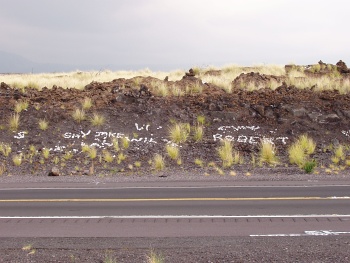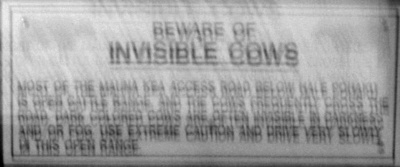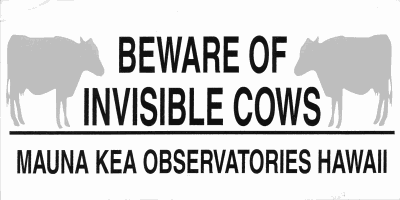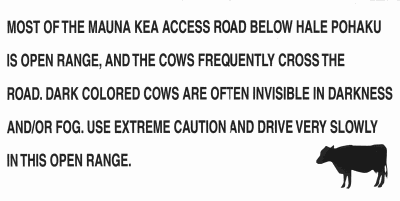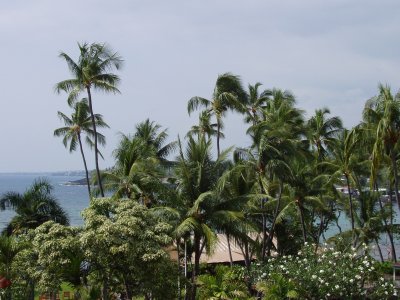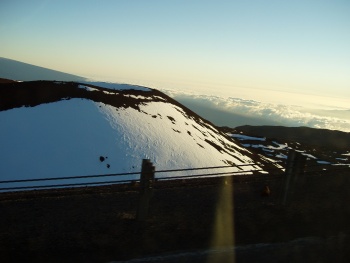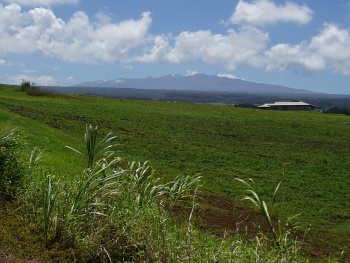Let’s see, when we left off, we had nearly completed a circuit around the Kilauea caldera. Before driving down Chain of Craters road to the coast, we stopped at the Thurston Lava Tube. Update (2021): The park is now emphasizing the Hawaiian name for the cave, Nāhuku, but at the time we visited in 2005, all the labels we saw still called it Thurston Lava Tube.
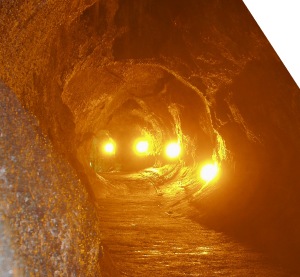
Lava tubes are formed when smooth a’a lava flows through a channel, then crusts over. The still-molten lava underneath keeps flowing until the source stops, and it drains out, leaving a long tubelike cave.
We were lucky in that there were very few other tourists there at the time. (It was the first week of April, which isn’t exactly the height of Hawaii’s tourist season.) The Thurston tube is famous partly because of its size, and partly because it’s very easy to get to. It’s less than a quarter-mile walk from the road.

